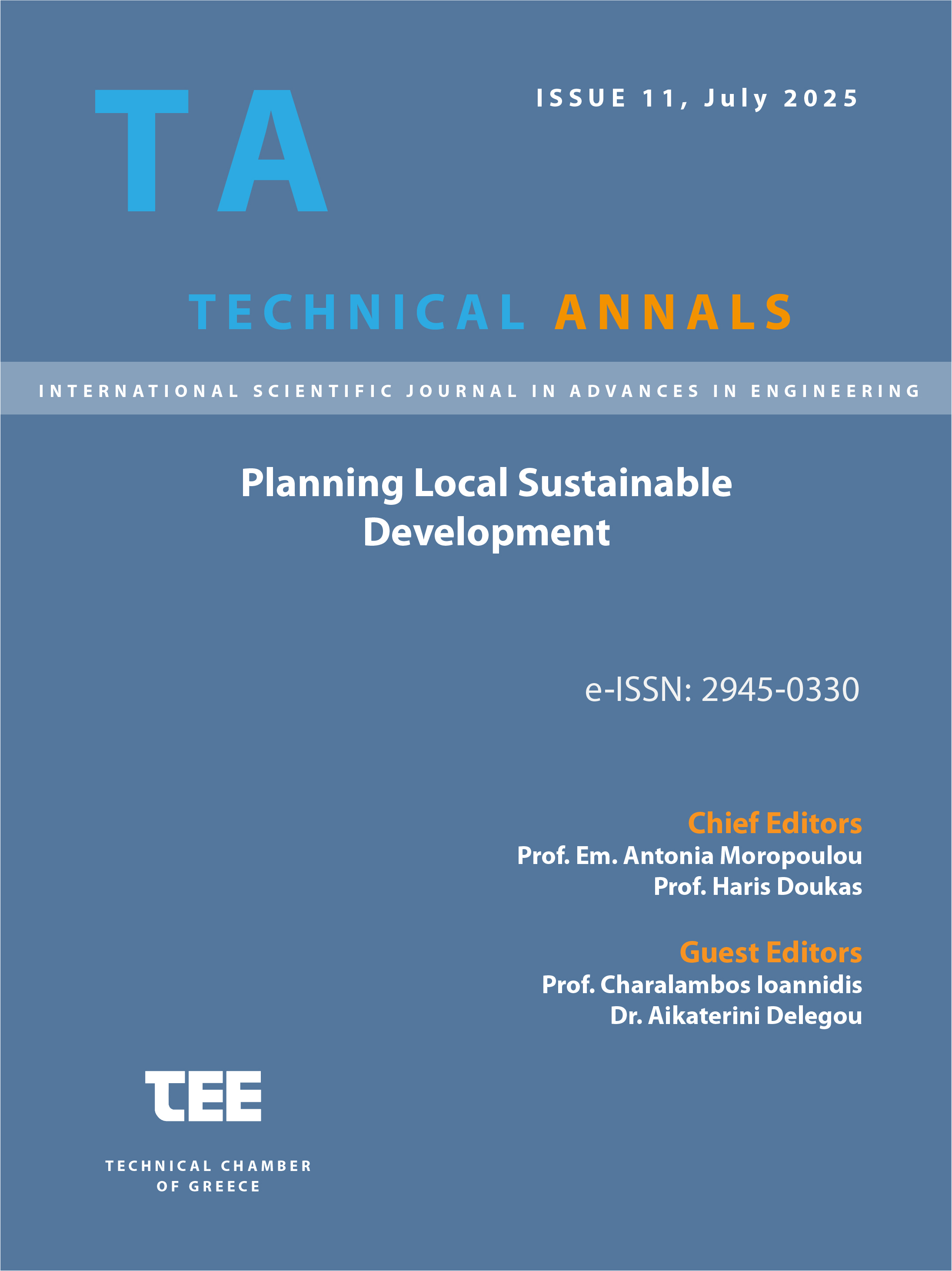Planned Conservation and Local Sustainable Development in Local Contexts: The Guanyinge Teahouse Project in Chengdu, China

Abstract
In China, the conservation of low-level architectural heritage faces significant challenges, calling for sustainable methods that align with local development needs. Unlike high-grade heritage sites, which benefit from strong governmental and expert support through top-down management, low-level structures often struggle due to insufficient resources. As a case study, this paper examines the Guanyige Teahouse in Chengdu—an early 20th-century building deeply rooted in regional tea culture to explore practical conservation strategies. The project emphasizes authenticity while developing a sustainable model that integrates the heritage site with its surrounding community. Rather than treating conservation as a standalone initiative, the approach frames it as a longterm, evolving process. Furthermore, the study highlights the importance of conducting a multi-dimensional analysis considering economic, social, and technological dimensions—before implementing conservation efforts, ensuring a structured and enduring conservation framework.
Article Details
- How to Cite
-
Hu, X. (2025). Planned Conservation and Local Sustainable Development in Local Contexts: The Guanyinge Teahouse Project in Chengdu, China. Technical Annals, 2(1). https://doi.org/10.12681/ta.41481
- Section
- Sustainable Development

This work is licensed under a Creative Commons Attribution-NonCommercial-ShareAlike 4.0 International License.


